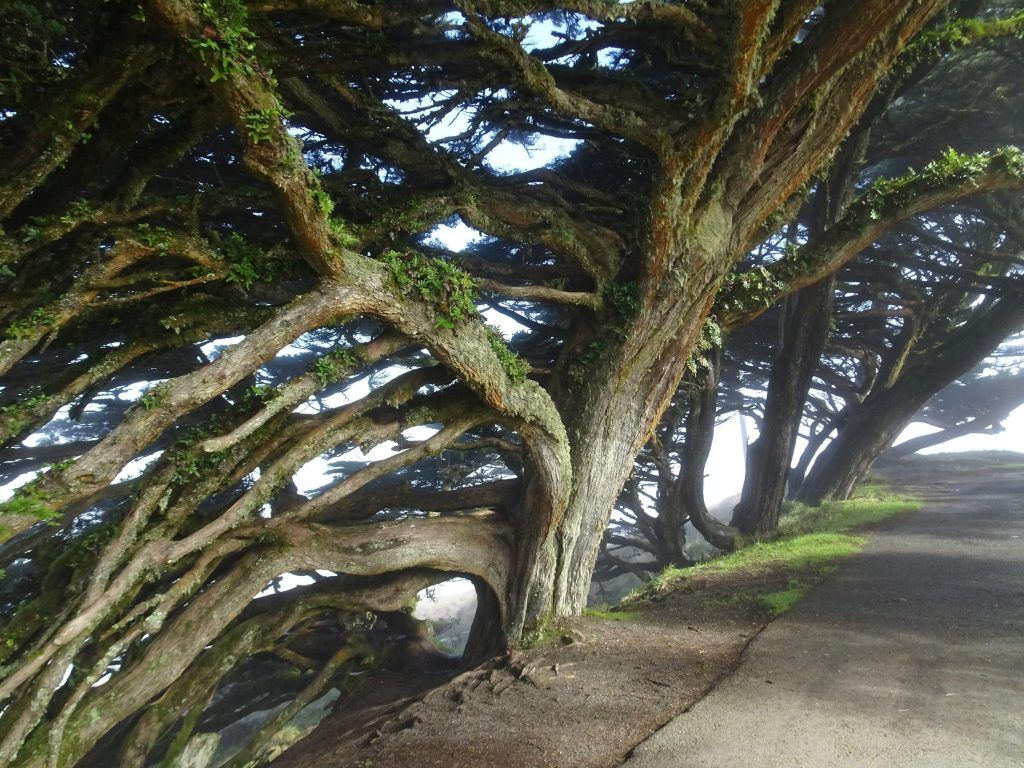

Take only pictures leave only footprints.Visitor use of national parklands must always be weighed against the responsibility to maintain natural and cultural resources for succeeding generations.Īs such, it is important to minimize our impacts and Leave No Trace of our visits to Tomales Bay and Point Reyes National Seashore.: The Seashore faces the challenge of not only preserving the pristine shorelines of Tomales Bay and assisting in protecting clean water, but also providing recreational opportunities for the public. The National Park Service at Point Reyes is concerned about the effects of the growth in recreational use. Recreational use of Tomales Bay has grown in recent years, especially for camping, boating, and wildlife watching. Please check in at the Bear Valley Visitor Center prior to a trip in order to get updated information on closures or conditions. Other temporary or seasonal closures may be in effect at different times due to breeding populations of marine mammals, shorebirds, or seabirds. There are also 91-meter (300-foot) special closures around Point Resistance and Double Point/Stormy Stack, per the MLPA. Per the Superintendent's Compendium, the waters within 91 meters (100 yards) of shore are closed to all vessels from Longitude 123° 01.00' west to the western end of the headlands below the Point Reyes Lighthouse. Per the Marine Life Protection Act (MLPA), the waters within 305 meters (1000 feet) of shore along the Point Reyes Headlands is closed to all vessels from Chimney Rock west to Longitude 123° 01.00'. Other sections of the coast are kayaked, but, since one must remain more than a quarter mile from the shoreline, these waters are not as sheltered from the prevailing wind and ocean swell and are therefore much more dangerous.

Ocean kayaks may be launched and landed between Limantour Beach and Sculptured Beach, but otherwise must remain more than a quarter mile from the shoreline so as not to disturb marine mammals and seabirds.

The most frequently used section of the coast by kayakers is in Drakes Bay from Chimney Rock to Limantour Beach. It requires additional skills, experience, and equipment, and is not recommended for most kayakers. Ocean kayaking is potentially very dangerous. Ocean KayakingĪnother area along Point Reyes National Seashore that is sometimes used by kayakers is the open coast. Since Drakes Estero and Estero de Limantour are designated as Wilderness, motorized watercraft are prohibited year-round. To protect harbor seals from disturbance during the most crucial part of the pupping season, from March 1 through June 30, the National Park Service closes Drakes Estero and Estero de Limantour to boating. Kayaking and canoeing are also permitted on Drakes Estero and Estero de Limantour from July 1 through February 28. Map of Hog Island closure (98 KB PDF) Drakes Estero and Estero de Limantour Please note: Pelican Point, Duck Island, and the east side of Hog Island are closed to the public year round to better protect nesting and roosting birds.
WEATHER FOR POINT REYES NATIONAL SEASHORE DOWNLOAD
Even if you aren't camping, feel free to download our Tomales Bay Boat-in Camping Map (2,632 KB PDF), which shows the locations of some launch sites, beaches, and other useful landmarks to help you navigate around the bay. Adjacent communities include Point Reyes Station at the head of the bay, Inverness on the west, Marshall on the east, and Dillon Beach at the mouth of Tomales Bay.Ĭamping on the beaches on the westside of Tomales Bay north of Tomales Bay State Park's northern boundary, if you have reserved a boat-in camping permit. The bay is largely bounded on the west by Point Reyes National Seashore. It is the largest unspoiled coastal embayment on the coast of California. Tomales Bay is a 24-kilometer (15-mile) long, 2645-hectare (6780-acre) tidal water body located in rural west Marin County, California. The most popular area for kayaking at Point Reyes National Seashore is on Tomales Bay. Two kayakers enjoy a warm, calm, sunny day paddling on Tomales Bay.


 0 kommentar(er)
0 kommentar(er)
